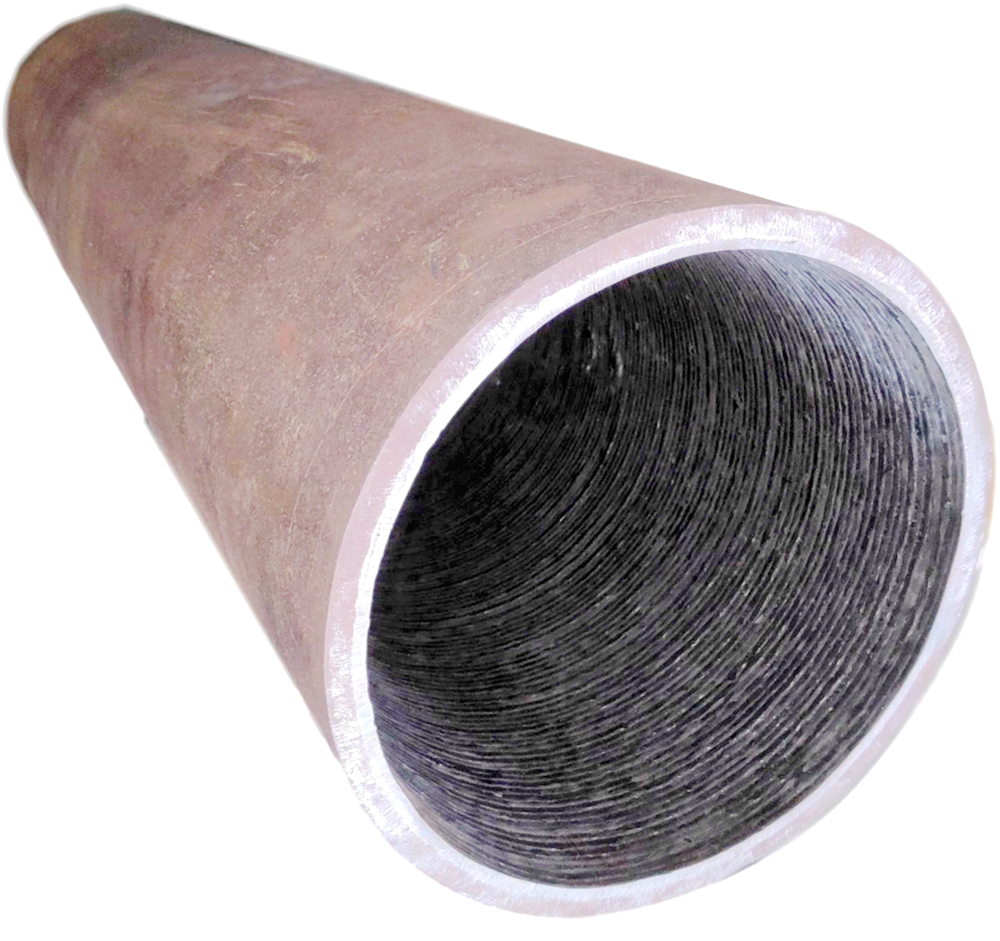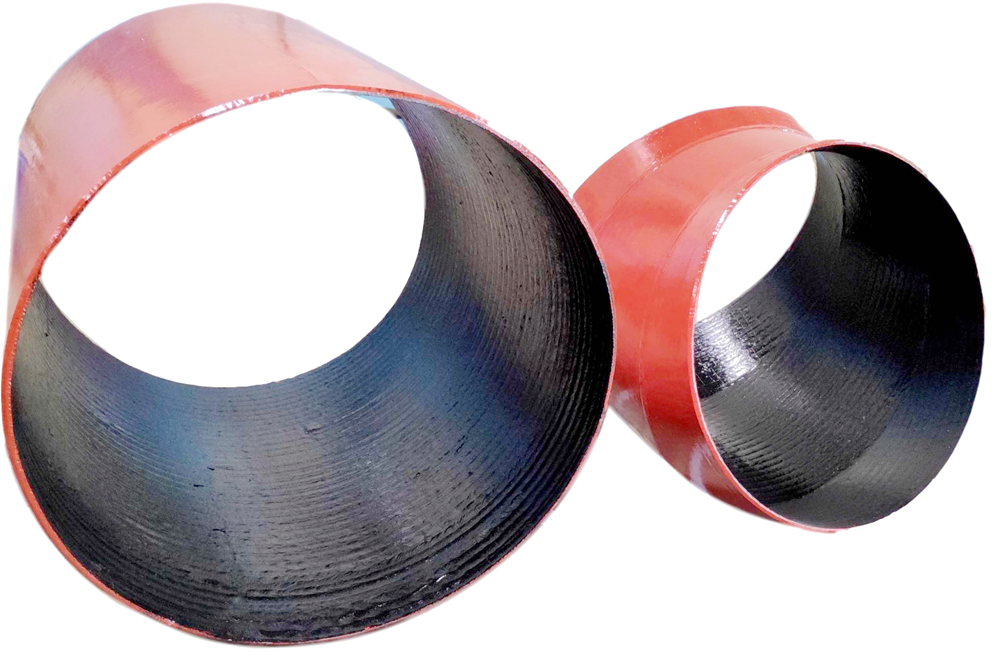During the Asian session on the 6th, the latest data from the China Foreign Exchange Trading Center showed that the central parity of the RMB against the US dollar on January 6 was RMB 6.6322, which was a 27-point increase over the previous trading day (6.6295), thus completely ending the previous RMB central price. The trend of rising for the ten consecutive trading days shows that the renminbi is expected to usher in a short-term correction after undergoing successive upward movements.
U.S. President Barack Obama and his National Security Advisor Donilon met with Chinese Foreign Minister Yang Jiechi on the 4th in U.S. time. According to the content of the meeting announced by the White House, Obama reaffirmed his commitment to establishing a wide range of positive and cooperative relations with China when participating in the meeting between Donilon and Yang Jiechi. The meeting was part of the preparations for Chinese President Hu Jintao’s visit to the United States on January 19.
Donilon emphasized to Yang Jiechi that China and the United States need to jointly change the trade imbalance between the two countries and discuss ways to promote nuclear nonproliferation and persuade North Korea to abandon its nuclear program. At present, Obama is preparing to welcome China’s State President Hu Jintao’s state visit to the United States on January 19. Although China and the United States may use this summit meeting to create a positive atmosphere for bilateral relations, the exchange rate and trade issues of the renminbi and tensions on the Korean peninsula will become the main issues. It is expected that in the Obama meeting with Hu Jintao, the United States may complain that China has made the RMB exchange rate too low to obtain an unfair trade advantage. The US trade deficit with China increased by 20% in the first 10 months of 2010, and the annual deficit may exceed US$270 billion.
In the past mid-2010, the central bank raised the deposit reserve ratio six times and raised interest rates twice, indicating that the central bank’s monetary policy is gradually returning to a steady state, and that the policy of tightening the opening policy in 2011 may be even more severe. In this regard, the deputy director of the Institute of Finance at the State Council Development Research Center and the chief economist of the China Banking Association, Ba Shu Song, wrote on the 5th that the Chinese government may launch intensive tightening policies in the first quarter of this year to ease price pressures. Ba Shusong said that the intensive tightening policies initiated in the first quarter may include raising bank deposit reserve rates, interest rates, and exchange rates.
Due to the year-on-year increase in CPI of 5.1% in November 2010, the possibility of subsequent austerity measures is increasing in the context of increasingly severe inflation and high commodity prices. In addition, in the United States and other major economies, the conditions of low interest rates have not changed, the use of interest rate instruments will still be very cautious, even if the rate of increase, the frequency will be relatively limited, in this case, the role of exchange rate policy will be highlighted .
In addition, during an exclusive interview with the China Finance magazine, which was run by the People's Bank of China, Zhou Xiaochuan, governor of the People's Bank of China, listed the main measures for promoting the convertibility of RMB capital account in the future. He said that in the future, he will accelerate the reform of foreign exchange management of foreign debts and debts, further relax personal cross-border transactions of other capital projects; will focus on capital market liberalization to further increase the degree of convertibility of securities investment; will strengthen macro-prudential management, saying that China will implement Different dynamic adjustment measures for deposit reserves will lead to moderate growth in money and credit; will raise the minimum standard of bank's capital adequacy ratio, set standards for leverage, and emphasize capital constraints. However, Zhou Xiaochuan did not forget to reiterate that in 2011 it will continue to steadily advance the reform of interest rate liberalization and further improve the RMB exchange rate formation mechanism.
In addition, the World Bank recently stated that it issued for the first time a number of bonds denominated in Chinese yuan. The credit issuance size is 500 million yuan, or equivalent to 76 million US dollars, the deadline is two years, due on January 14, 2013, the coupon rate is a fixed half year rate of 95 basis points. This is the first time that the World Bank has issued bonds denominated in RMB and has been rated by Aaa/AAA. The reason why this issue of RMB bonds is due to the fact that China is about to become (0)(0) Comment on this article Other comments on topics Related Information Financial Information Forum please enter verification code
It is the third largest shareholder of the World Bank. The World Bank issued a statement that the bond’s hair style represents the World Bank’s strong desire to support the growth of the RMB market, and that the issue of RMB bonds overseas will attract the attention of investors and issuers, as China is now taking a step toward currency internationalization. On the road.
The People's Bank of China authorized the China Foreign Exchange Trading Center to announce that on January 6, 2010, the middle exchange rate of the RMB in the inter-bank foreign exchange market was: US$1 to RMB6.6322, EUR1 to RMB8.7283, 100 yen to RMB7.9642, HK$1. For the RMB 0.85338, 1 pound against the RMB 10.2865, the RMB 1 against the 0.46242 ringgit, and the RMB 1 against the 4.5977 Russian ruble.
Hardfacing Pipe is produced through an oscillating table with a welding head to arc weld the chromium carbide into the inside of the pipe. We can handle diameters from 6" to 24" and then we manufacture pipes from our chrome-plated sheets. The cover layer is deposited perpendicular to the material flow through the pipe, resulting in a longer wear life
Typical materials for cladding in common use at HP Welding include HP700, HP700S, HP750X, HP750P and stainless steels, as well as many less common alloys.
With over 30 years of experience on the production of hardfacing products, and the technical expertise to back them up, HP Welding can meet any base material and cladding combination.
The advantages of HP Hardfacing Pipe
1. Flat surface and nice appearance
2. Good weldability to others working pieces
3. Excellent wear resistance
HP Hardfacing Pipe can be widely applied to mining site, cement plant, metallurgical equipment, dredging and power generation and any other fields where need to combat with abrasion.


Alloy Steel Pipe, Hardfacing Iron Pipe, Chrome Alloy Hardfacing Super Wear Resistance Pipe
HuiFeng Wear Resistant Group , https://www.hpwearsolution.com